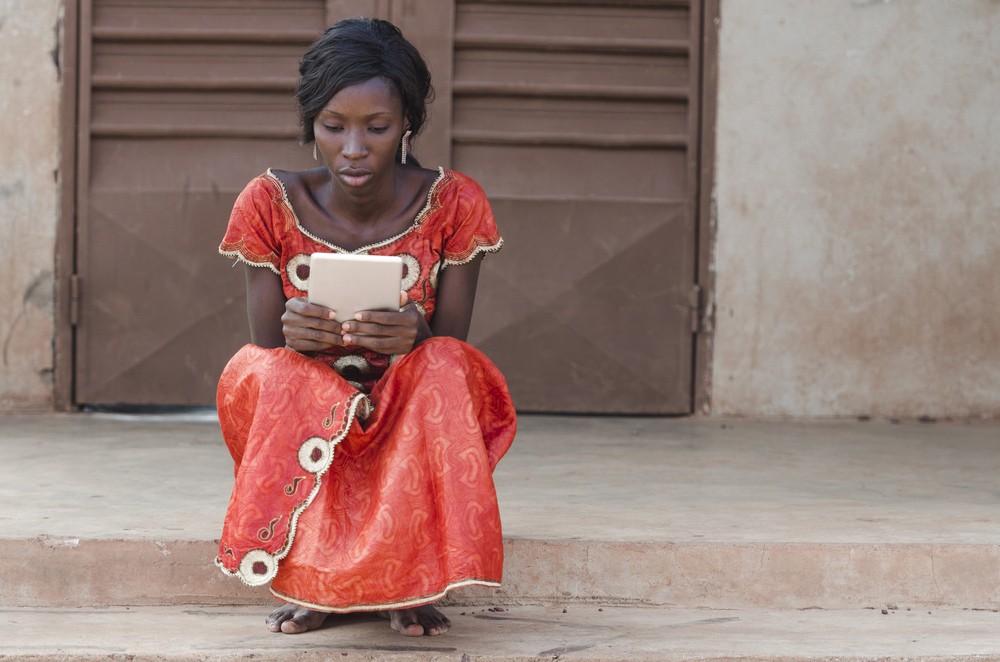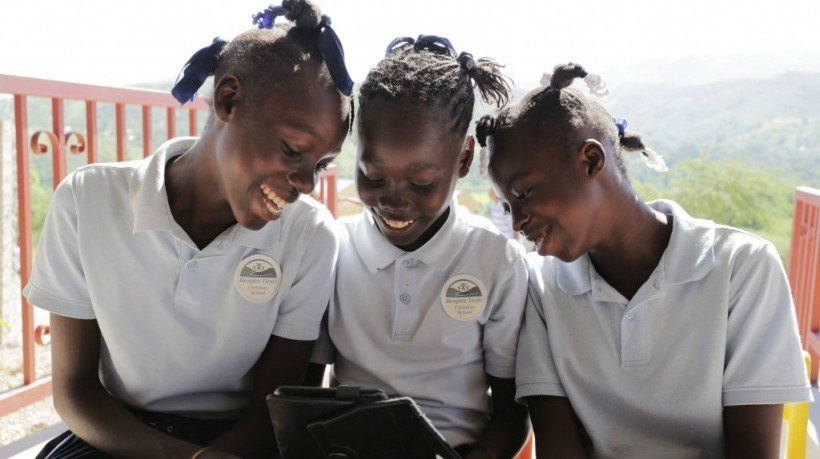Democratizing Higher Education In Africa With eLearning
Sub-Saharan Africa’s higher education sector has expanded exponentially since the 1970s. The number of tertiary education students increased approximately 50-fold from 200,000 in 1970 to over 10 million currently. For Africa to accommodate students who will reach university enrolment age over the next 12 years, the continent would have to build four universities every week with a capacity for 30,000 people. With already stretched resources, the majority of African countries is unable to meet the demands of increased student enrolments and unable to invest in the building of new universities. The adoption of modern technology presents an opportunity to increase tertiary education access. By shifting from the “brick and mortar” approach, universities will be able to maximize on the output they derive from existing physical and human resources.
eLearning is the best possible solution to the problem of access to quality higher education in Sub-Saharan Africa. Only about eight percent of tertiary school-aged youths and adults in Sub-Saharan Africa are enrolled in tertiary institutions, compared to the global average of 32 percent. eLearning may be the most effective answer to democratizing higher education in Africa.
How eLearning Is Democratizes Higher Education
- Unlimited Geographical Reach.
The demand for learning has never been so high, and this in conjunction with the need to geographically broaden learning has prompted universities to introduce eLearning initiatives. The number of distance learning institutions has increased dramatically in Sub-Saharan Africa. The African Virtual University (AVU) for example has grown from five countries at inception in 1997 to 27 today. Most universities however have been static in their structure and delivery of higher education courses. Distance learning via eLearning will allow universities to reach students in multiple geographical locations using pre-recorded lectures and Learning Management Systems. The University of the People (UoPeople) has built a model that has transformed access to higher education. As the world's first non-profit, tuition-free, accredited online university, UoPeople has admitted more than 2,000 students from over 150 countries to date. With eLearning even the rural populations in Sub-Saharan countries can be reached with higher education. There is massive potential to use mobile smart phones in connecting higher education institutions more effectively with distance learners. By communicating and sending course materials via mobile smartphones, students receive more frequent support from their educators and can pursue their education wherever and whenever they want. Geographical location will cease to be a limitation. - Lower Tuition Costs.
eLearning allows institutions of higher learning to provide students with affordable high quality education. The decline in public expenditure per student and projected increase in population suggest the need for a systematic approach that addresses the issue of higher education quality in conjunction with a flow management policy at secondary and primary education levels. The expansion of higher education systems will require considerable investment for increasing the capacity of existing establishments such as libraries, laboratories, workshops, and lecture halls and this investment will likely result in the increase of tuition fees. eLearning also makes it possible to respond to steep increases in the number of students at a marginal cost significantly lower than that of face to face teaching. Online courses generally cost less in tuition and fees than traditional courses, thus reducing the average cost of attendance. Online courses provide unlimited educational opportunities which drastically reduce tuition costs. - Access To Quality Academic Resources.
eLearning ensures the democratization of higher education by giving students universal access to quality academic content. It is possible for high quality academic resources to be accessible by anyone, anywhere, anytime. Recently the City of Johannesburg in South Africa rolled out online university education in partnership with international institutions through the city’s public libraries known as Massive Open Online Varsity (MOOV). The University of Adelaide in Australia, Rice University, Wharton Business School, and Massachusetts Institute of Technology (MIT) have come on board to offer their courses on MOOV. Students now have an alternative method of getting a tertiary education without having to deal with the high costs. Through the use of advanced technology, students who previously had no access to higher education will now have the opportunity to study at the location that best suits their needs.
eLearning brings a new model to how higher education is designed, implemented, and delivered. African universities have been static in their structure and delivery of higher education courses, but with demand for higher education being so high, there is need to geographically broaden and democratize education; and eLearning is the solution.
References:
- Fred Hayward and Daniel Ncayiyana Confronting the Challenges of Graduate Education in Sub-Saharan Africa and Prospects for the Future (Chronicle of African Higher Education March 2014)
- The World Bank Financing Higher Education in Africa, 2010
- Gurmak Singh, John O’Donoghue, Harvey Worton A Study Into The Effects Of eLearning On Higher Education (The Journal of University Teaching and Learning Practice, 2005)
- David E. Bloom, David Canning, Kevin Chan, and Dara Lee Luca Spurring Economic Growth in Africa: The Role of Higher Education Sixth Issue: December 2014
- Africa’s Post-2015 Development: The Role of Mobile Phones in Higher Education 7 October, 2015
- Making higher education work for Africa: Facts and figures







